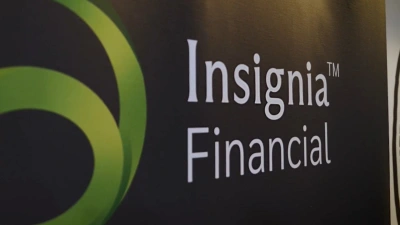Vertical integration end will lower advice cost


The demise of vertically integrated institutional models will mean independent financial advisers can have better access to increased margins at a lower cost, according to WealthO2.
Shannon Bernasconi, WealthO2 managing director, said with platform fees under continuous pressure, achieving economies of scale was critical, especially if most of the platform costs were fixed.
“Following the exit of the banks from wealth management, many financial advisers are now free to choose their own administration platform, resulting in the practice and their clients benefitting from the more modern digital engagement and non-conflicted fee models available from non-bank aligned specialist platform providers,” Bernasconi said.
Bernasconi said the platform and portfolio administration sector had become one of the most critical sectors in Australian wealth management.
“Platforms are generally viewed as the key productivity application within a financial planner’s office,” Bernasconi said.
“However, the past decade has been dominated by vertical institutional models creating an environment with high barriers to entry where innovation has been stifled.”
Findings from the Royal Commission and a continuously changing regulatory environment had seen a push of resources into compliance rather than innovation.
“Some institutions have exhibited no real appetite to adopt or realise the benefits of modern technology – and advisers and their clients forced to use these laggard platforms have suffered,” Bernasconi said.
“Others have engaged global software solutions to support new platform offerings, however these offerings have not been focussed on advisers’ needs.
“Instead, other revenue bias features have diverted the attention of these institutions. As a result advisers’ needs – and ultimately their clients’ needs – have been sidelined.”
Darren Pettiona, WealthO2 executive director, said the size of the platform market had been underestimated.
“If you look now, you have Netwealth having the dominant market share… they have a 4.3% market share,” Pettiona said.
“I’ve never seen anywhere in the world where someone complimented the dominant market force as a 4.3% market share.”
Pettiona said it was a big market where the traditional gatekeepers, like the banks, were gone, and that technology would help advisers efficiently look after a broader set of clients.
“The guys that stopped and blocked innovation, and controlled distribution, have left the building,” Pettiona said.
“That means advisers will be able to choose what they want and the dealer services models won’t be able to mandate anything either.”
Recommended for you
Net cash flow on AMP’s platforms saw a substantial jump in the last quarter to $740 million, while its new digital advice offering boosted flows to superannuation and investment.
Insignia Financial has provided an update on the status of its private equity bidders as an initial six-week due diligence period comes to an end.
A judge has detailed how individuals lent as much as $1.1 million each to former financial adviser Anthony Del Vecchio, only learning when they contacted his employer that nothing had ever been invested.
Having rejected the possibility of an IPO, Mason Stevens’ CEO details why the wealth platform went down the PE route and how it intends to accelerate its growth ambitions in financial advice.















